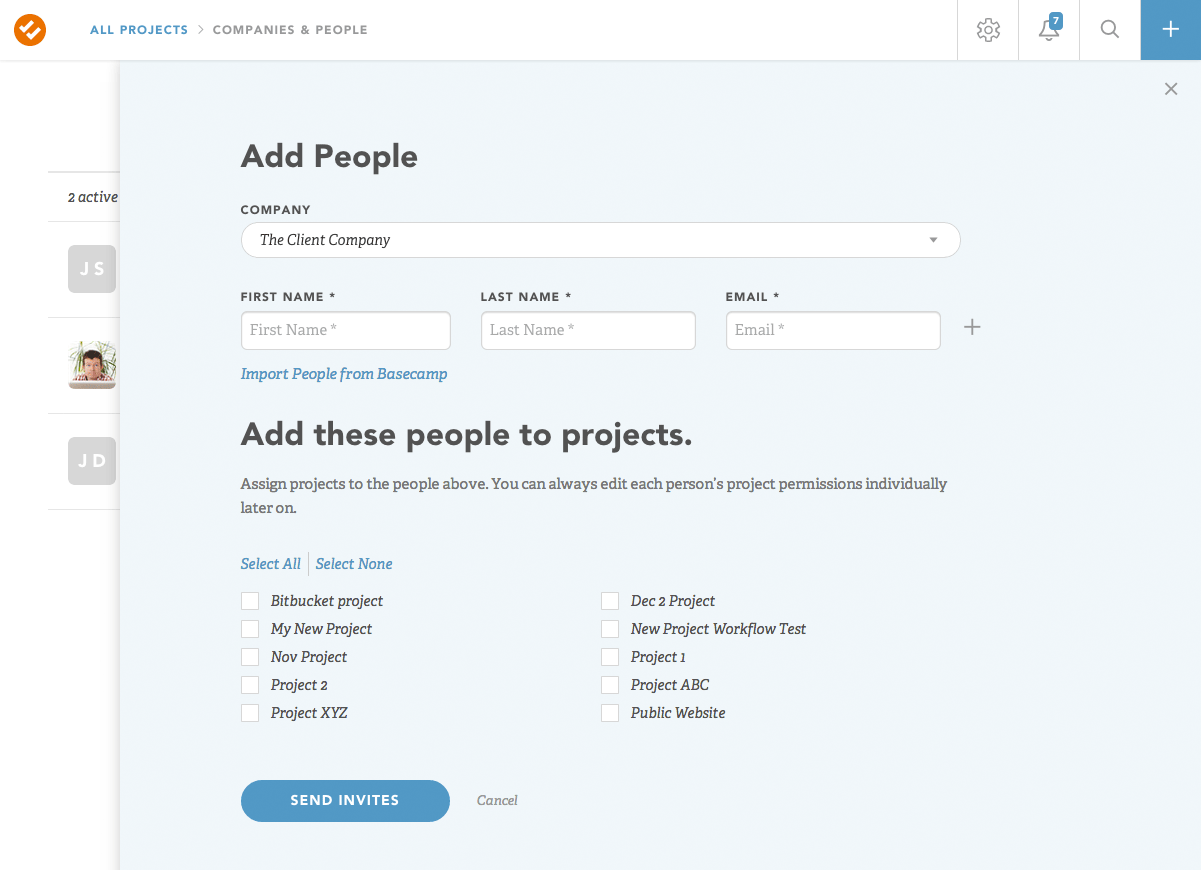From planning, to coding, to testing, to customer support, DoneDone is the refreshingly simple issue tracker.
DoneDone
Images
Check Software Images



Customer Reviews
DoneDone Reviews
Leigh J.
Advanced user of DoneDoneWhat do you like best?
It's extremely simple for most anyone to use. The learning curve is small and I've been able to train new clients who are non-technical in how to use it in a short training session. While issue tracking systems are simple to explain, many are difficult to manage and setup and are not designed for non-technical people. DoneDone setup was simple, and the adoption of the tool was more a cultural shift than a learning or technical implementation curve.
What do you dislike?
These are primarily for the Classic DoneDone and NOT V2. Issue lists can be overwhelming when a user is part of multiple projects. Limited workflow steps and statuses. Long lists of issues can get cumbersome. Overall the design while very much adaptive and modern feels lacking in UX refinement(version 2 improved this) Reporting is limited in the Classic version, version 2 has improved on this.
Recommendations to others considering the product:
My company has stuck with using the older version, Done Done 2 has addressed many of the issues with workflow in version 2. It does have a bit more complex but the underlying simple easy feel is still there. The strength of this project is the ease of use. Which has made client interactions efficient compared to not using such a tool. While systems such as Jira may have much more robust workflow systems, DoneDone has a focus on facilitating simple communication between issue reporters, fixers, and testers. It is an extremely solid tool especially for organizations that are not familiar with issue tracking as DoneDone does this extremely well with simplicity.
What problems are you solving with the product? What benefits have you realized?
We needed to have a way of consolidating and coordinating issue resolution. Clients would email or call individuals in the past, with DoneDone they could send the request directly into a "queue". In addition, fixers could see a list of items and communicate status effectively. Clients could also get updates without having to have "direct" contact with the development team and create distractions. Finally, there was a record of what was requested, what the result was, which proved helpful in attributing billed hours to work requested and accomplished and to discover how an issue was resolved (i.e. knowledge repository)














